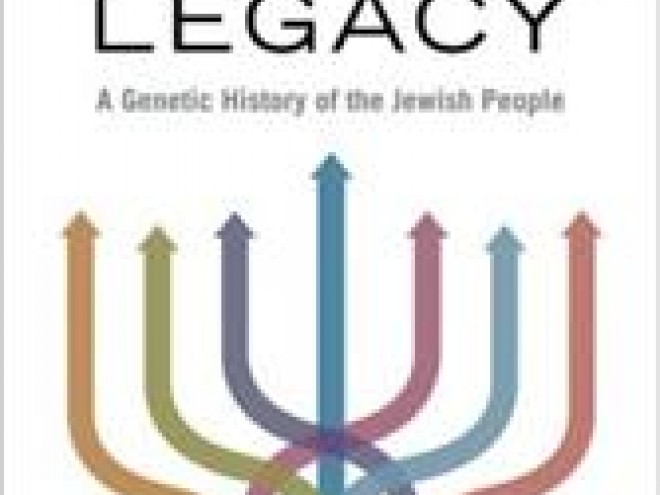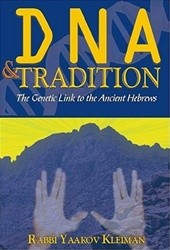December 16, 2011
In the last several decades, molecular biologists have forged tools that allow them to read anew the history of the Jewish people, whose journey to the present has been both tumultuous and miraculous. David B. Goldstein’s Jacob’s Legacy is in the genre of recent publications summarizing the unique molecular genetics of the Jews. Whereas other authors on this topic have been journalists reporting on advances in science, Goldstein actually performed the science.
The first two chapters relate Goldstein’s own work. He was a key member of the collaboration that discovered the Cohen modal haplotype, a collection of Y chromosome genetic markers that are found in a significantly greater proportion of Cohanim than in the general Jewish population. Goldstein then went on to substantiate the idea, using another set of Y chromosomal markers, that the Levite tribe was likely enhanced one thousand years ago by an influx of people from the ancient Khazars of central Asia.
Goldstein discusses the genetics of the maternally-inherited mitochondrial DNA and the history it reveals about diverse groups of Jews from around the world. The final chapter explores inheritance of diseases that are found in higher proportion among Jewish populations. Importantly, Goldstein addresses the recent claim by a group of anthropologists that genetically inherited diseases common to Jews increase intelligence. Goldstein presents the weaknesses and dangers of this hypothesis, and offers a plan for scientifically testing it.
Throughout the book, Goldstein has the ability to explain scientific ideas with a clear and accessible voice. Jacob’s Legacy is a fascinating read, illuminating the notion of Jewish identity through the light of the DNA molecule. Bibliography, index, notes.




